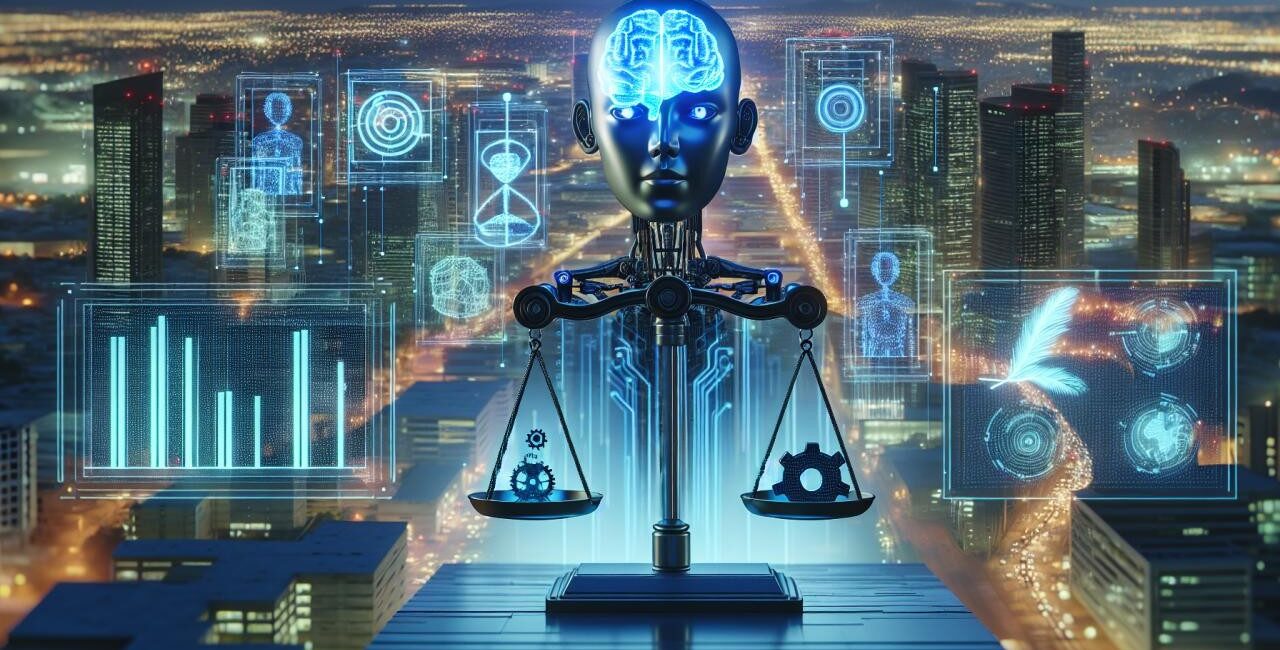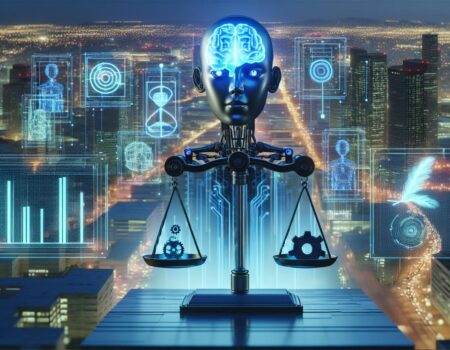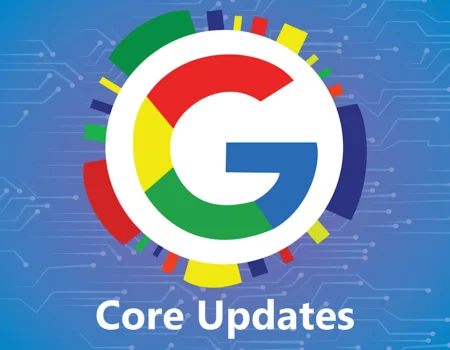Artificial intelligence has become a powerful force shaping the way we design everything—from digital interfaces to physical products and urban infrastructure. Its influence stretches across industries, enabling designers to analyze user behavior, personalize experiences, optimize systems, and accelerate creative workflows. But as AI becomes a co-creator, the ethical dimensions of its involvement grow increasingly urgent. Where we stand now is at a pivotal moment: one that demands a careful, transparent, and inclusive approach to integrating AI into the design process.
The Rise of AI in Design
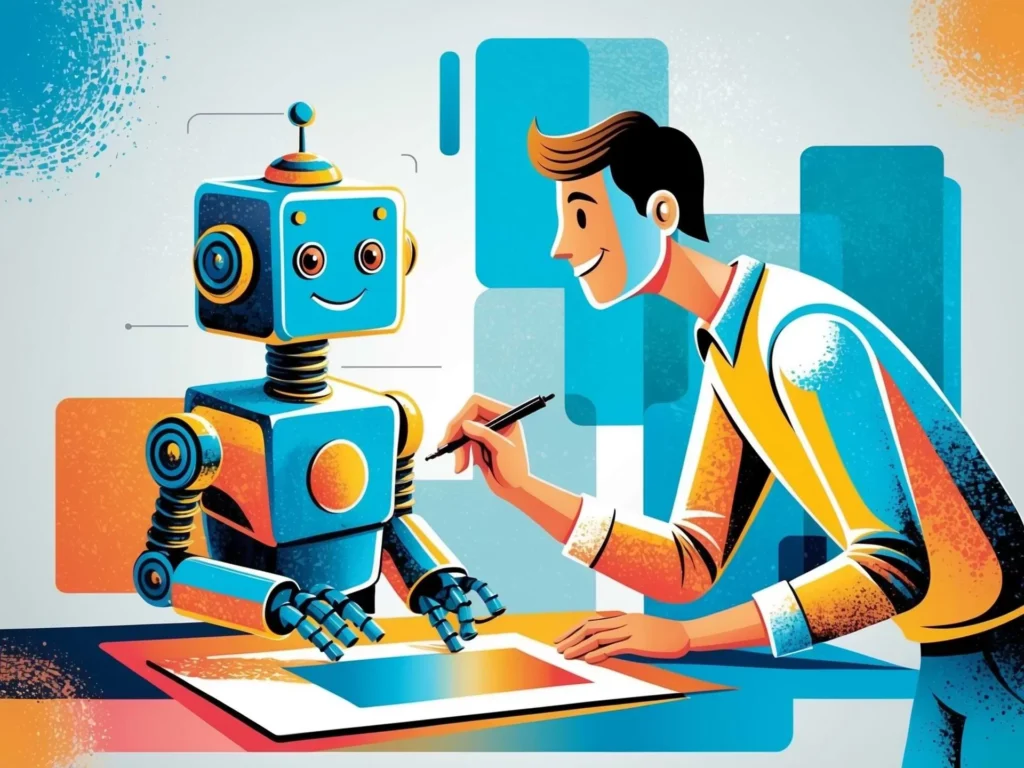
In the past decade, AI has rapidly evolved from a buzzword to an essential tool in the design ecosystem. Tools powered by machine learning can now generate layout suggestions, conduct A/B testing, predict user preferences, and even write content or generate visual assets. Adobe’s Sensei, Figma’s AI-based features, and countless startups are embedding intelligent systems into their platforms, reducing the time from idea to execution.
However, this acceleration comes with risks. As we delegate more creative and decision-making authority to algorithms, we must ask: Who trains these systems? Whose data do they learn from? What values are embedded within the code?
Bias in Algorithmic Design
One of the most pressing ethical concerns is bias. AI systems are only as good as the data they’re trained on, and datasets often reflect historical prejudices and structural inequalities. When biased data is used to train AI tools, the output can perpetuate or even amplify these issues.
In design, this might manifest subtly: a recruitment site built with AI might favor male candidates based on historical hiring data; a facial recognition system might fail to accurately detect people with darker skin tones; or an e-commerce recommendation engine might marginalize minority-owned brands. Designers need to actively question the integrity of the datasets feeding their tools, and whether those datasets represent the full diversity of the user base.
Transparency and Accountability

AI often operates as a “black box,” with decisions made by systems that are difficult to understand—even by their creators. In design, this opacity undermines accountability. If a design recommendation results in harm or exclusion, who is responsible—the designer, the AI vendor, or the dataset provider?
Ethical AI in design demands transparency at every level: explainable algorithms, clear documentation, and open-source practices where possible. Users should know when AI is being used, how it works, and what data it draws upon. Designers must champion this transparency not just for compliance, but as a core design principle.
Inclusive and Participatory Practices
Designers have long championed human-centered design, but AI challenges the boundaries of this approach. A truly ethical AI design process must be participatory, ensuring that marginalized voices are involved not just as subjects of data, but as active collaborators in shaping systems.
Community engagement, co-design workshops, and inclusive testing practices are essential to ensure AI-enhanced design tools do not exclude or harm underrepresented groups. Ethical design isn’t just about preventing harm—it’s about proactively building systems that empower all users equitably.
Data Ethics and Consent
Much of AI’s power comes from data—but this power also brings ethical responsibility. Users often provide data passively, with little understanding of how it will be used or by whom. In design, using AI to personalize interfaces or predict behaviors requires clear, informed consent and robust data governance policies.
Designers should advocate for data minimization (collecting only what is necessary), anonymization, and giving users control over their own information. Privacy by design, a principle that embeds privacy into the development process, should be non-negotiable when working with AI.
The Labor Question: Automation vs. Augmentation
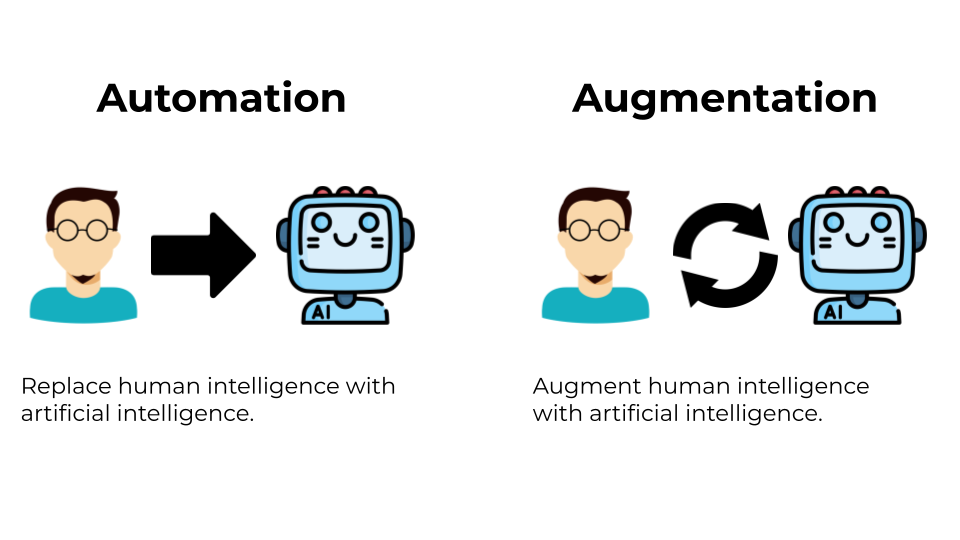
AI has sparked anxiety in creative industries about job displacement. Some fear that AI will replace designers, illustrators, writers, and other creative professionals. But an ethical approach to AI in design reframes the conversation—not as replacement, but augmentation.
AI should not erase human creativity, but amplify it. Tools that take over mundane or repetitive tasks can free designers to focus on strategy, empathy, and innovation. But this augmentation must be intentional. Designers must help shape AI tools that enhance their practice rather than undermine it—and organizations must invest in upskilling and reskilling their teams accordingly.
Regulation and Governance
Where governments lag, designers must lead. While regulatory frameworks like the EU’s AI Act are beginning to take shape, much of AI ethics in design still relies on voluntary adherence to best practices. That’s why the role of professional organizations, design ethics boards, and internal AI governance committees is crucial.
Creating and enforcing ethical standards—such as regular algorithm audits, bias testing protocols, and diversity reviews—must become a standard part of the design process. Ethical guidelines should be treated with the same seriousness as accessibility or usability standards.
Looking Ahead: The Ethical Imperative
As AI becomes increasingly woven into the fabric of design, ethics cannot be an afterthought. The choices designers make today—what tools they use, how they validate them, who they design for—will shape the future of digital and physical experiences.
Ethical AI in design is not a destination but a continuous practice: a commitment to reflection, accountability, and action. It’s about asking hard questions, listening to diverse perspectives, and resisting the urge to take the path of least resistance when building with powerful technologies.
The intersection of AI and design holds tremendous potential—but only if we meet it with care, responsibility, and a shared vision for an equitable future. Where we stand now is on a threshold. Where we go from here depends on the values we choose to embed into the machines—and the designs—we create.

